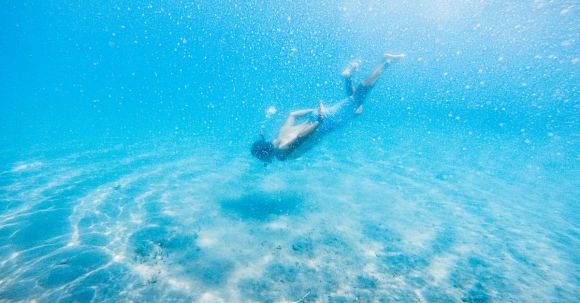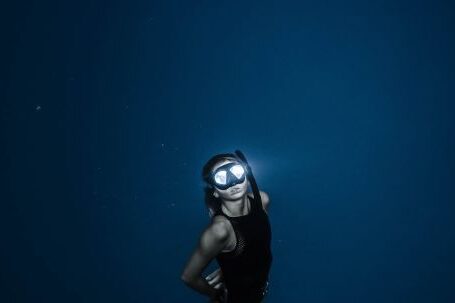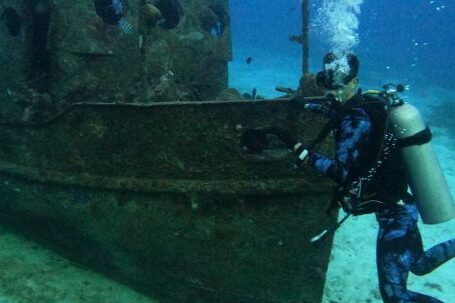Exploring the underwater world can be an exhilarating experience. However, it is crucial to be aware of potential risks, such as decompression sickness. This condition, also known as the bends, can occur when ascending too quickly from a deep dive. Understanding decompression sickness is essential for every diver to ensure their safety in the water.
What is Decompression Sickness?
Decompression sickness occurs when dissolved gases, mainly nitrogen, form bubbles in the body tissues and bloodstream. These bubbles can cause various symptoms, ranging from mild to severe, and can affect different parts of the body, including the joints, skin, and nervous system. It is crucial to recognize the signs of decompression sickness to seek immediate medical attention.
Signs and Symptoms
The symptoms of decompression sickness can vary depending on the severity of the condition. Mild symptoms may include joint pain, fatigue, and a skin rash known as “the bends.” More severe symptoms can include dizziness, difficulty breathing, chest pain, and numbness or weakness in the limbs. In extreme cases, decompression sickness can lead to paralysis or even death. It is essential to be vigilant for any signs or symptoms after a dive and seek medical help if necessary.
Causes and Risk Factors
Decompression sickness is primarily caused by ascending too quickly from a deep dive, as the change in pressure can lead to the formation of gas bubbles in the body. However, there are several risk factors that can increase the likelihood of developing decompression sickness. These include repetitive or prolonged dives, excessive exertion during a dive, and a history of previous decompression sickness. Additionally, factors such as dehydration, alcohol consumption, and certain medical conditions can also increase the risk.
Prevention
Preventing decompression sickness starts with proper dive planning and execution. It is crucial to follow safe diving practices, including the use of dive tables or dive computers to monitor and control ascent rates. Taking regular breaks during ascent and practicing slow, controlled ascents can significantly reduce the risk of decompression sickness. Staying hydrated before and during a dive, avoiding alcohol consumption, and maintaining good physical fitness can also help prevent this condition.
Treatment and Management
If decompression sickness occurs, prompt medical treatment is essential. The primary treatment for decompression sickness is hyperbaric oxygen therapy (HBOT), which involves breathing pure oxygen in a pressurized chamber. This treatment helps eliminate the gas bubbles and reduce the symptoms. The sooner HBOT is administered, the more effective it is in managing the condition. It is crucial to seek medical help immediately if decompression sickness is suspected.
Conclusion: Dive Responsibly
Understanding decompression sickness is vital for every diver. By recognizing the signs and symptoms, knowing the causes and risk factors, and following preventive measures, divers can reduce the risk of developing this potentially life-threatening condition. However, accidents can still happen, and immediate medical attention is crucial if decompression sickness occurs. Remember to always dive responsibly and prioritize your safety to enjoy the wonders of the underwater world.





